Ancient news stories
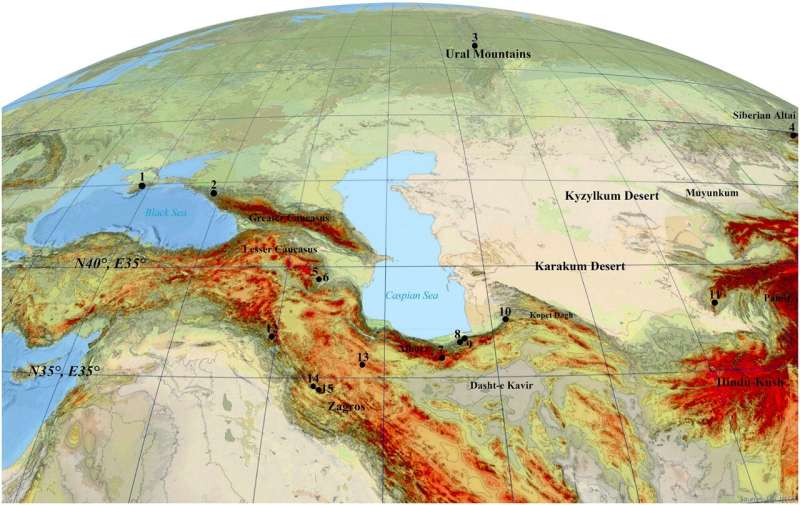
Researchers modeling eastern Neanderthal migration from Europe have found the area south of the Caspian Sea in northern Iran to be the most likely route, suggesting there could be significant yet-to-be-discovered archaeological sites hidden in less explored areas along the way. See study here.
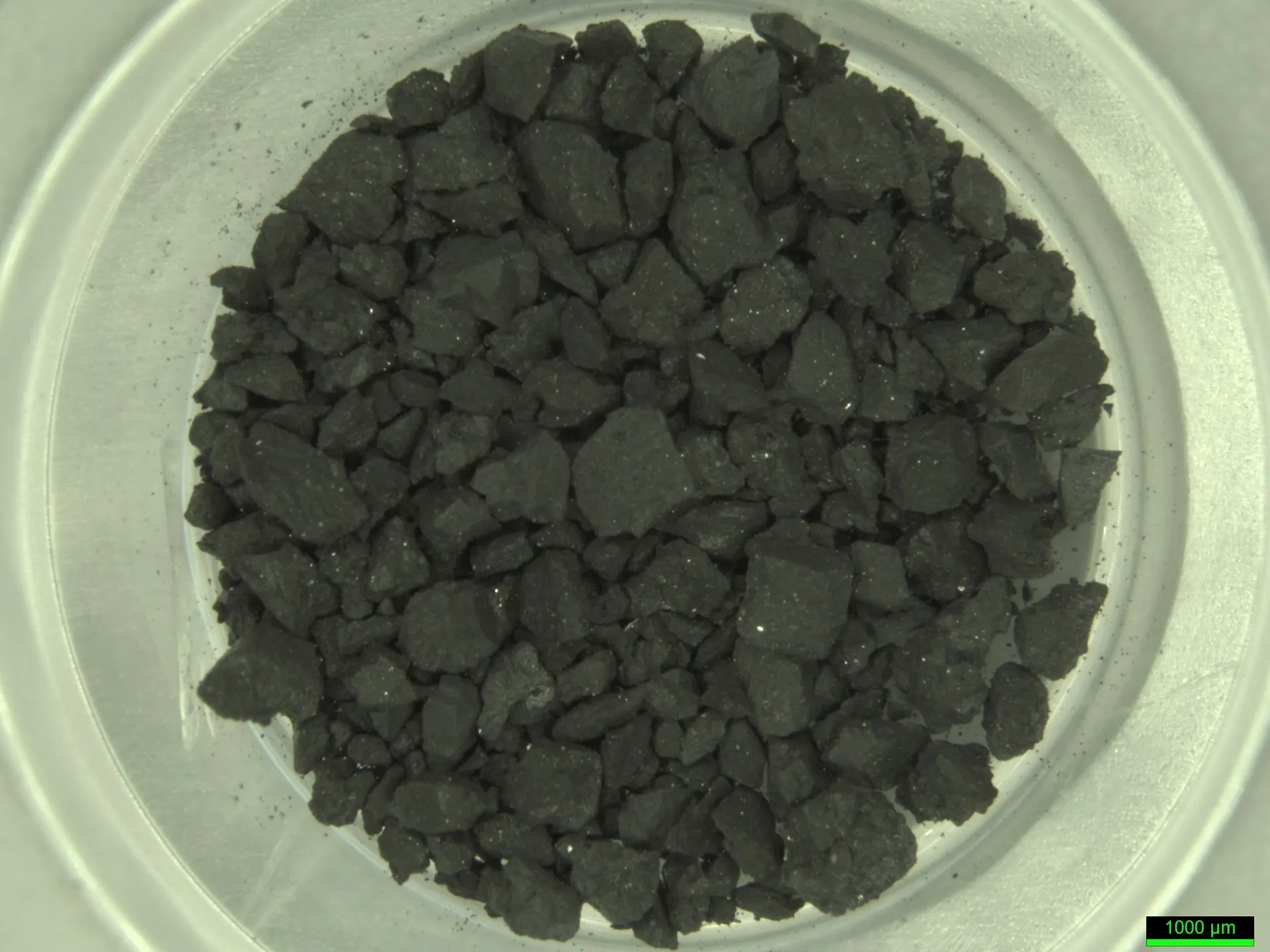
The asteroid Ryugu, which orbits the sun between Earth and Mars, contains many of the building blocks for life, a new analysis finds.
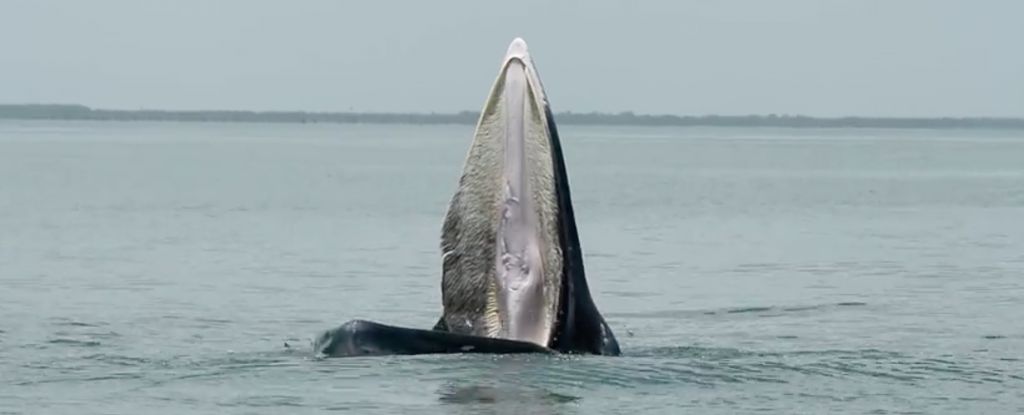
An unusual whale feeding technique only recorded for the first time in 2011 may have been around for at least two thousand years, according to researchers from Flinders University in Australia.
The study was published in Marine Mammal Science.
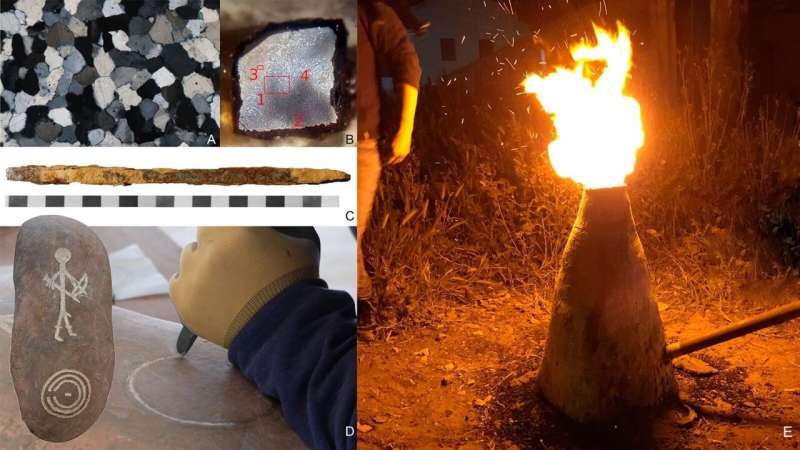
A study by an international and interdisciplinary team headed by University of Freiburg archaeologist Dr. Ralph Araque Gonzalez from the Faculty of Humanities has proven that steel tools were already in use in Europe around 2,900 years ago.
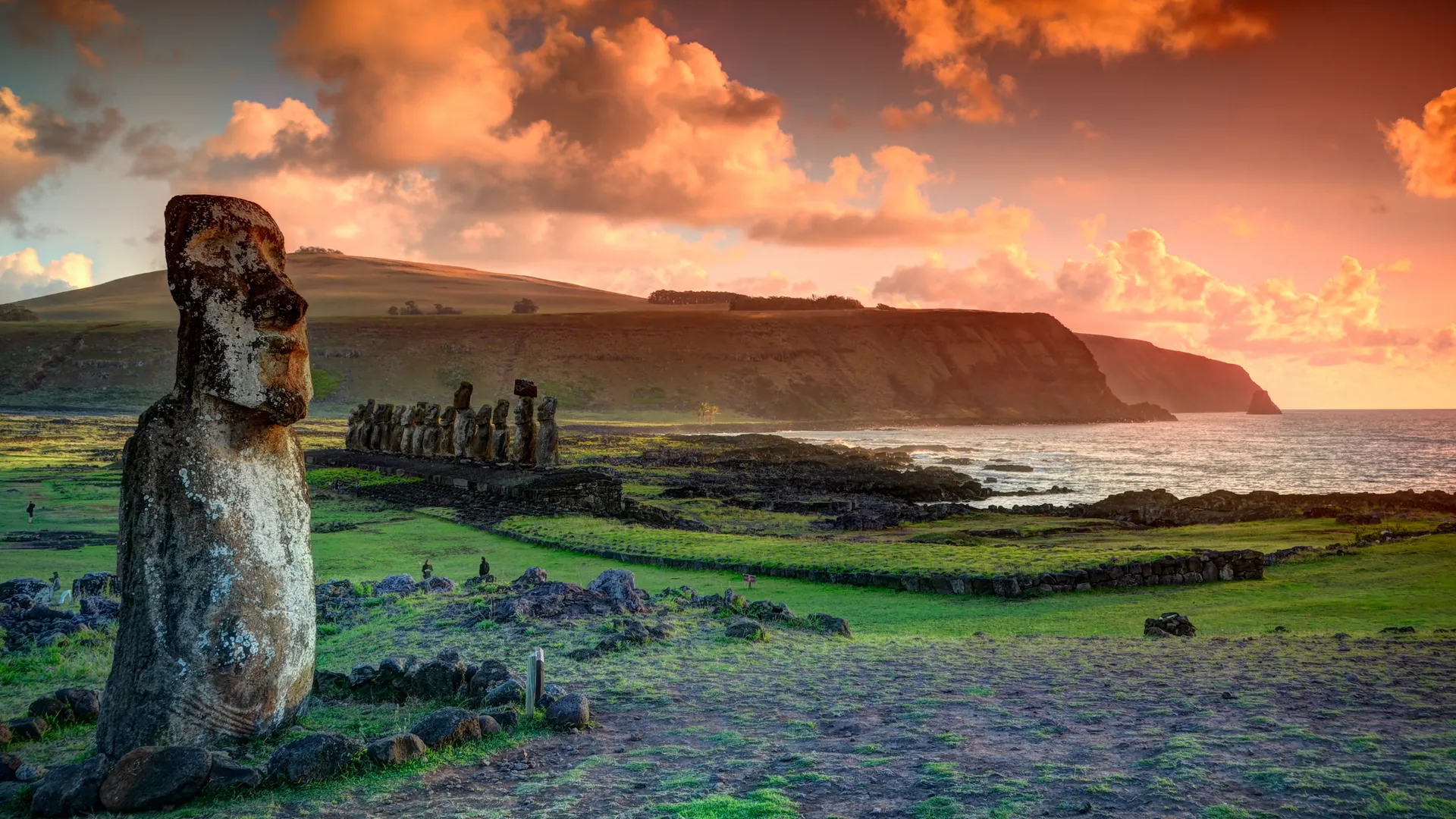
A newly discovered Moai statue on Easter Island has been found buried in a dried up lake bed.
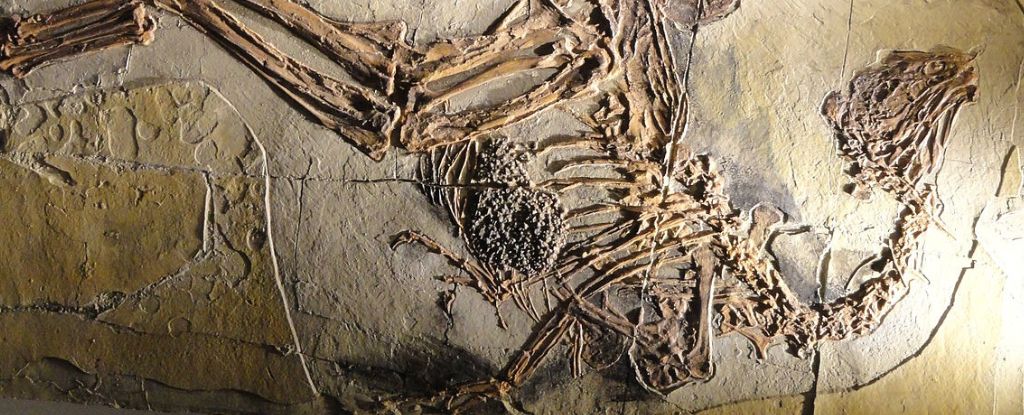
Dinosaur fossils featuring arms with a suspect bend at the elbow and wrist could hint at the presence of an unpreserved tendon that underpins all modern avian flight.
The study was published in Zoological Letters.
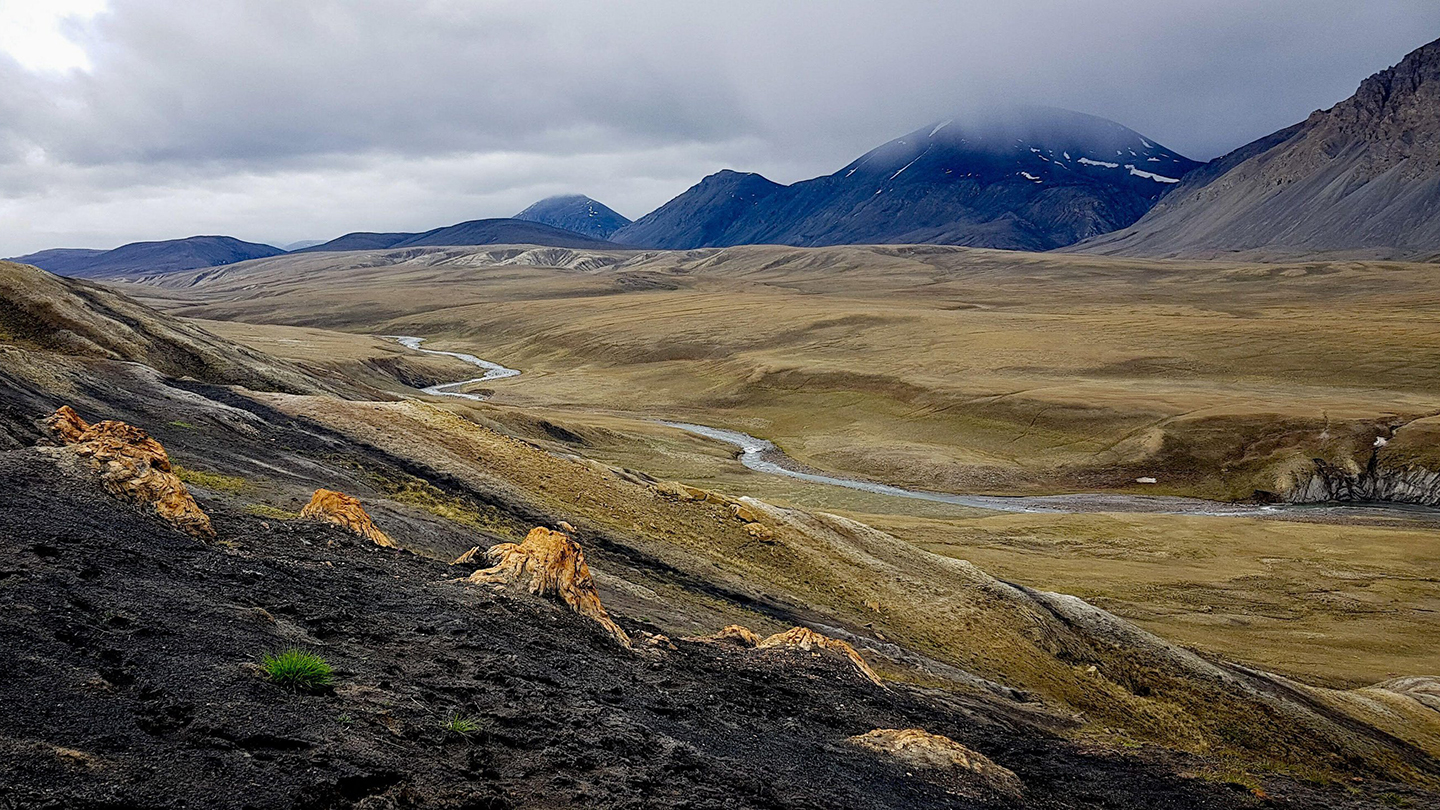
The Arctic today is a hostile place for most primates. But a series of fossils found since the 1970s suggest that wasn’t always the case. See study here.
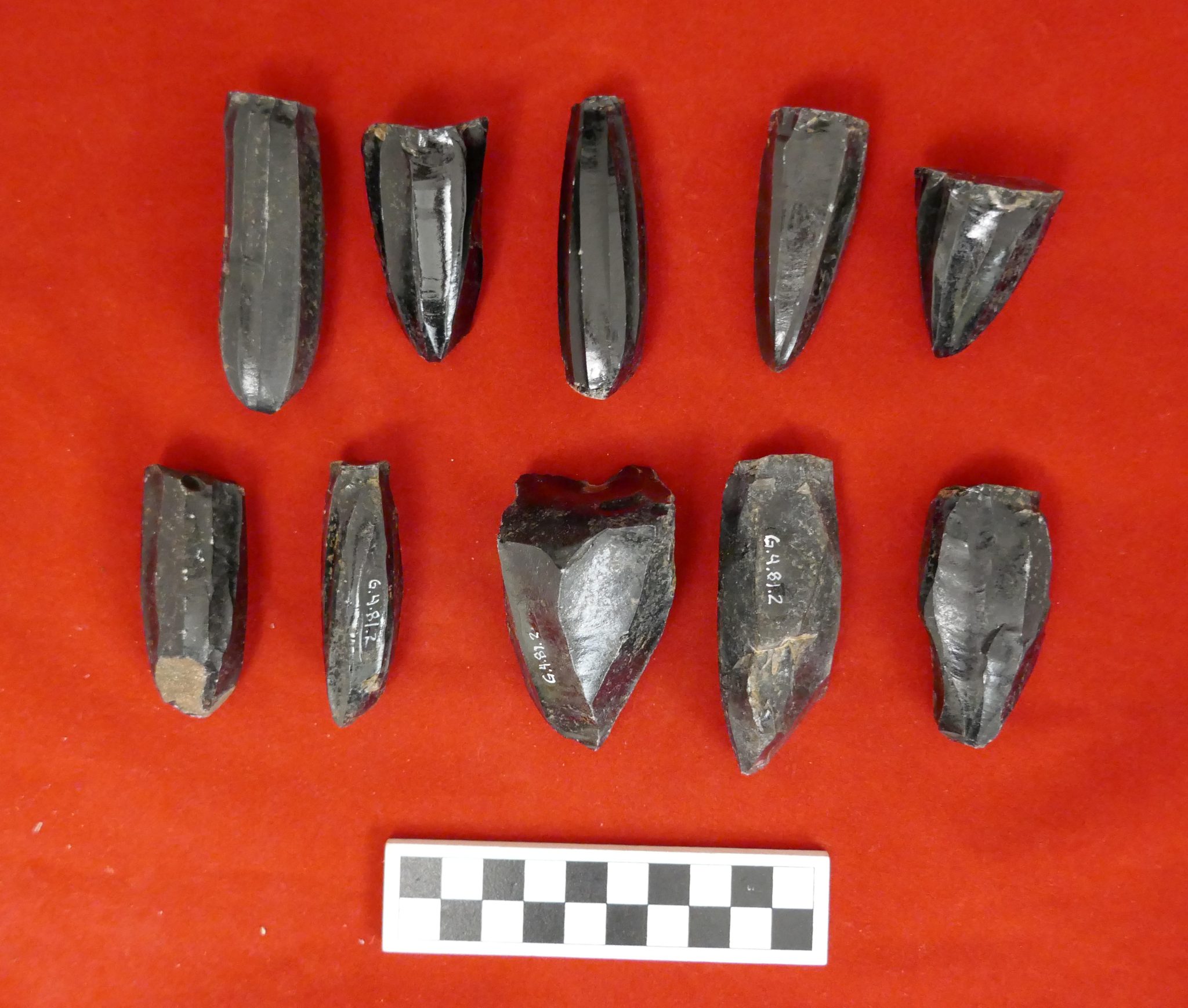
Over five hundred years ago, in the Guatemalan highlands of the Midwest, the Maya people traded goods with far less intervention from their rulers than previously believed by many archaeologists.
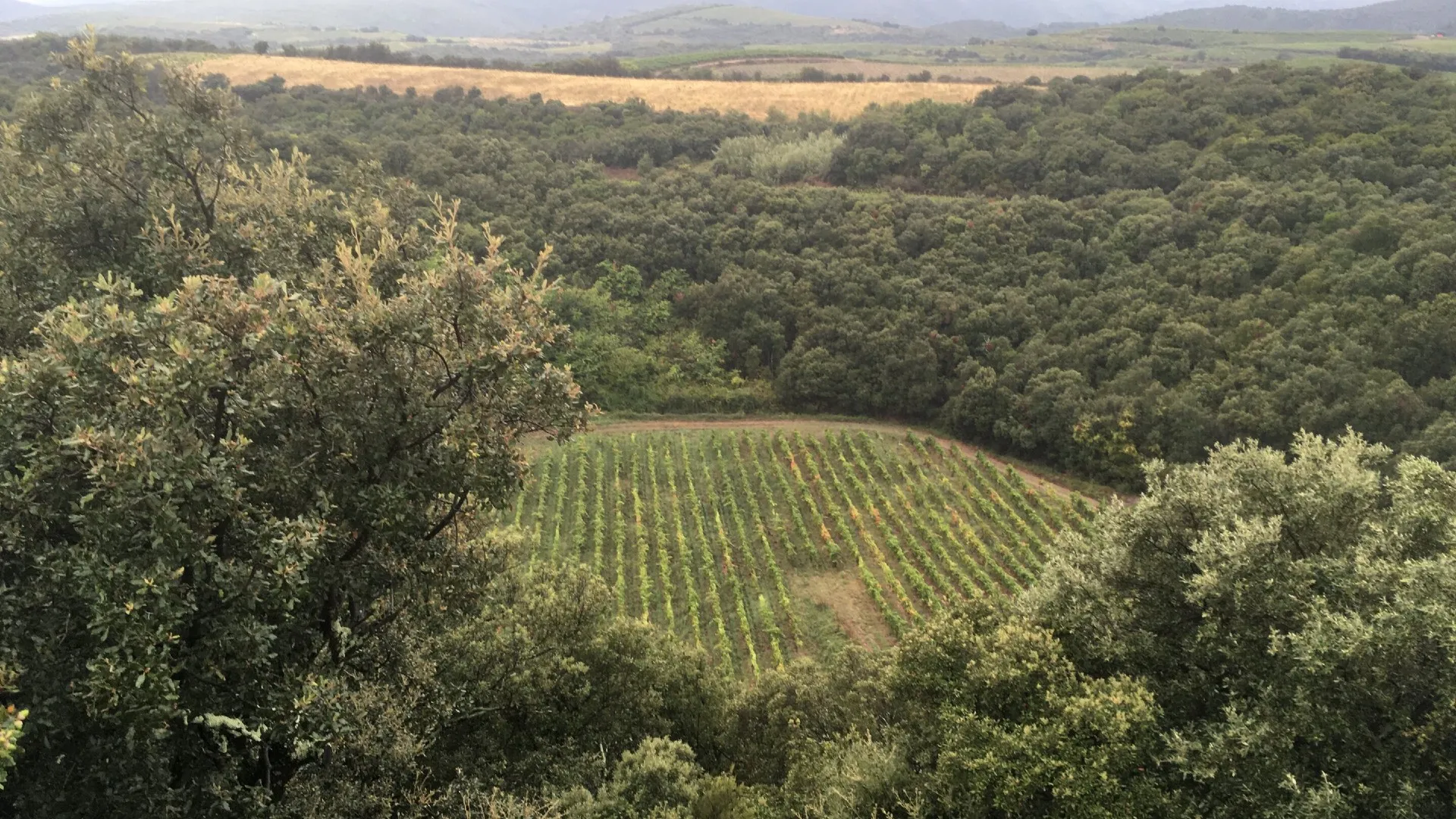
A circular depression that holds a vineyard in a French winery is actually an old impact crater, new research finds. The new research did not give an estimate of the crater’s age. However, the winery website estimates that the crater impact occurred around 10,000 years ago.
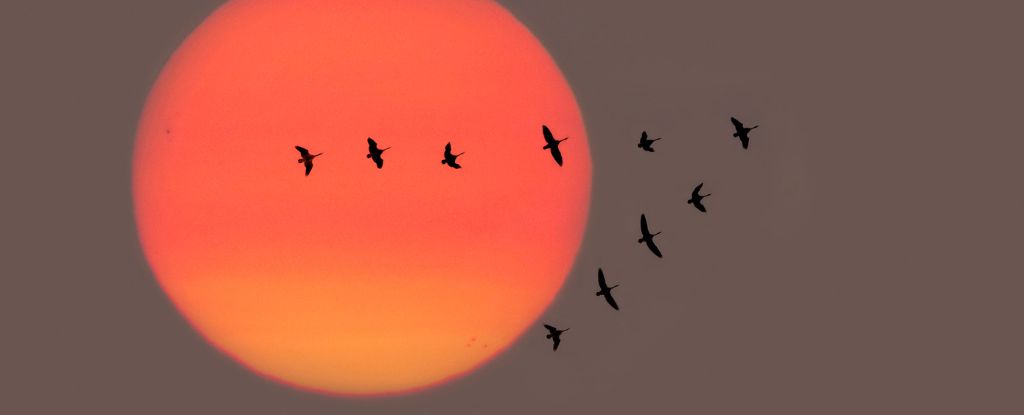
The new findings suggest that magnetoreception could be much more common in the animal kingdom than we ever knew. If researchers are right, it might be an astonishingly ancient trait shared by virtually all living things, albeit with differing strengths. The study was published in Nature.

Six massive ancient galaxies, which astronomers are calling “universe breakers” appear to have been discovered, which may upend existing theories of cosmology.
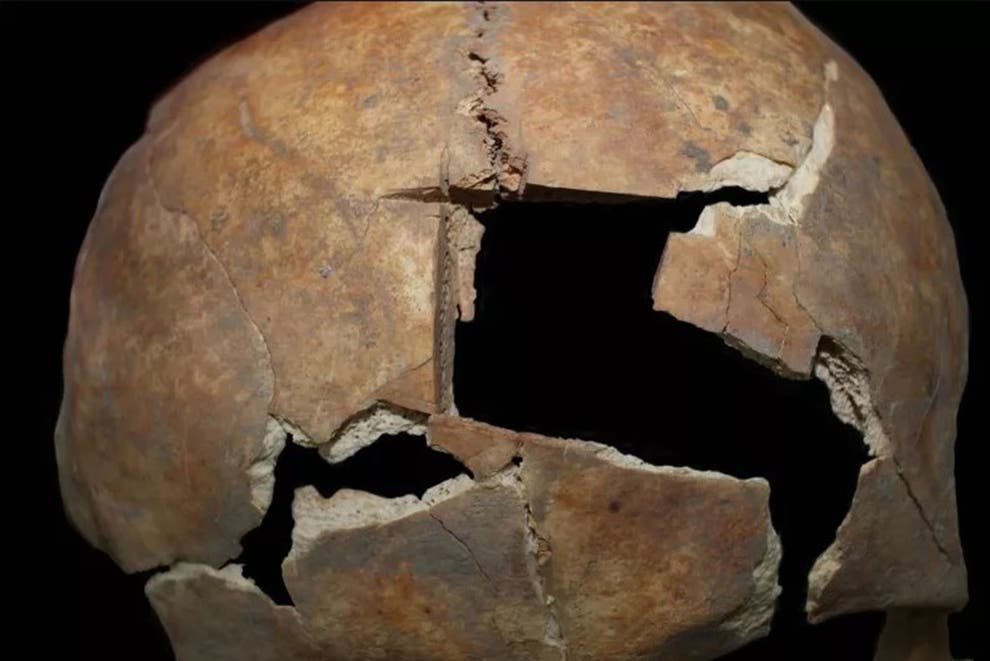
Archaeologists have discovered the grave of two Bronze Age brothers who lived during 15th century BC in Israel – and incredibly, one of them appears to have had an early form of brain surgery before he died.
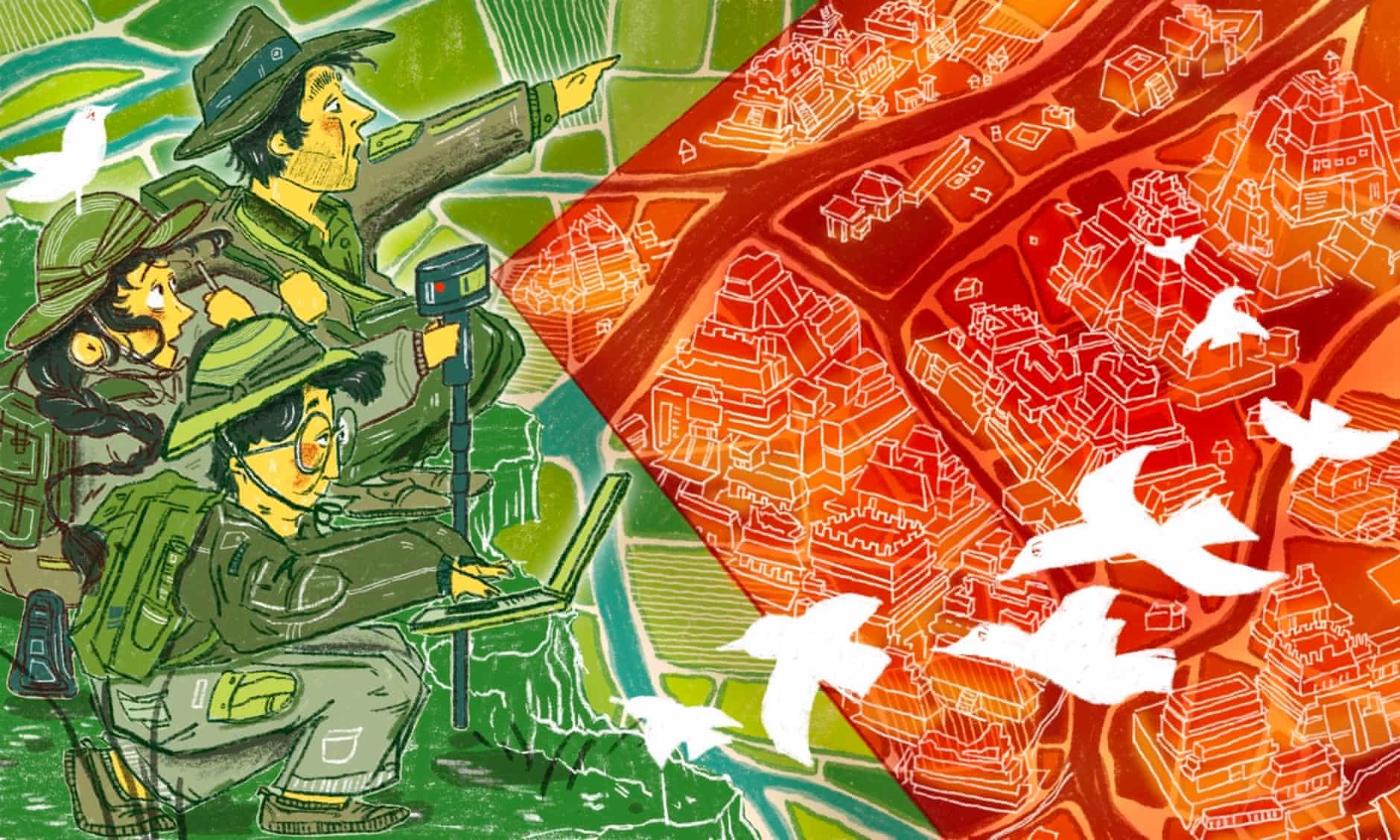
The endless excavations of yesteryear are no longer the best solution. Big digs aren’t the big idea they once were: mapping the human archaeological record is now moving upward, into the sky.
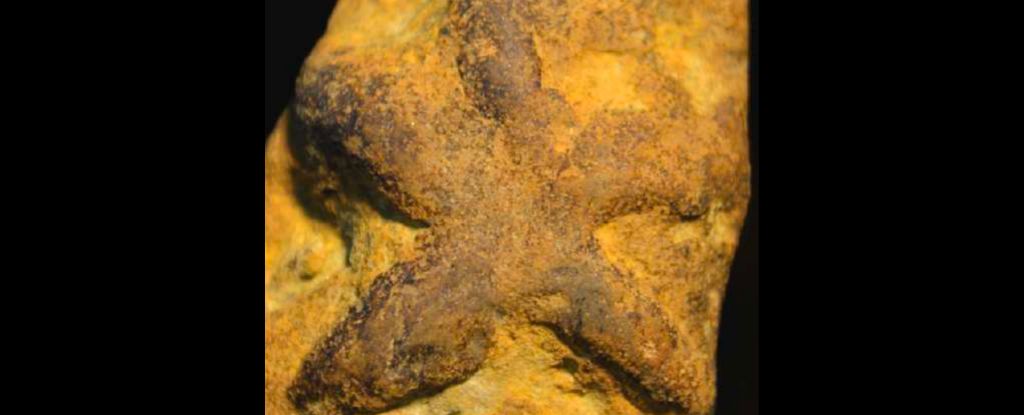
An ancient three-dimensional star-shaped ‘thing’ still baffles scientists more than a century after its discovery.

Over thousands of years, Indigenous communities have cultivated relationships with and accumulated knowledge on psychedelics such as psilocybin mushrooms, the Amazonian botanical brew ayahuasca, and the West African shrub iboga.
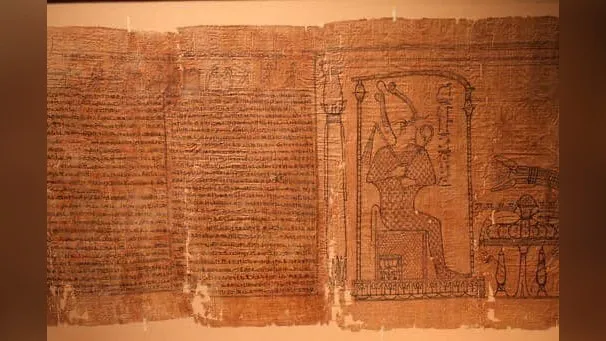
Egyptian officials have released photos of an ancient scroll, the 52-foot-long (16 meters) Book of the Dead papyrus recently discovered in Saqqara. The 10 images show ancient illustrations of gods and scenes from the afterlife, as well as text on the document, which is more than 2,000 years old.








